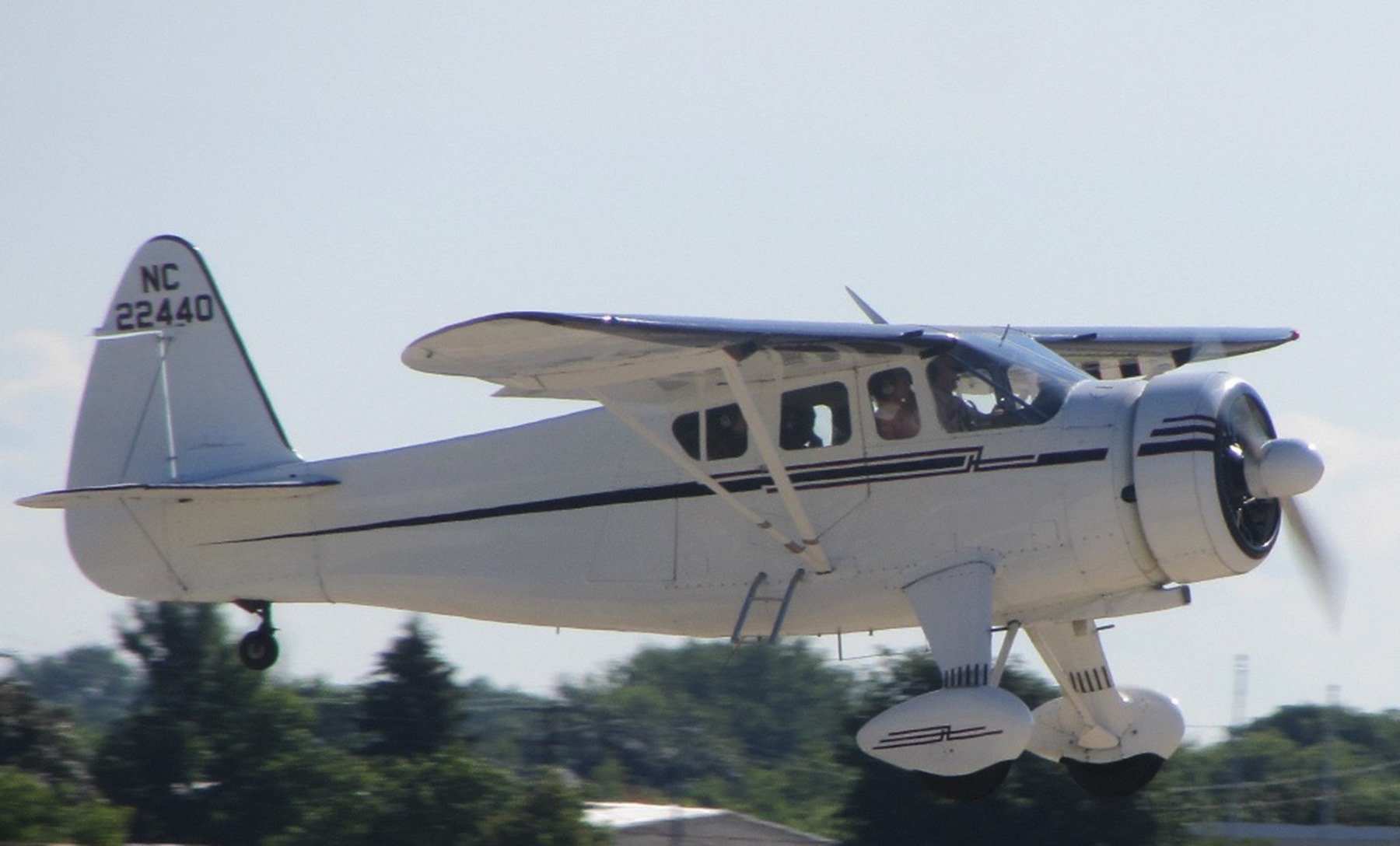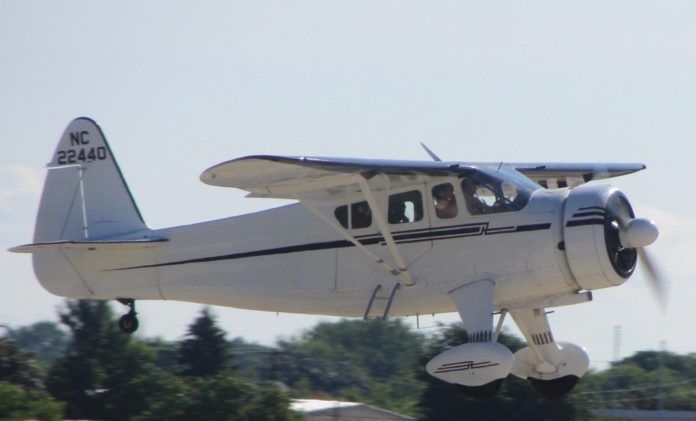One of the first things student pilots learn is how to recover from a balked landing and go-around. Sometimes, the approach is so bad that we don’t even get to the “balk” part. But when we do—as when recovering from a bounced landing—we’re exposing ourselves to the bottom corner of an airplane’s operating envelope: low airspeed and high power. Just to make it fun, we’re also close to the ground and in the landing configuration.
Convincing the airplane that you’ve changed your mind and now want to climb—at the best rate, by the way—requires adding power, arresting the descent and beginning a climb, reconfiguring the airplane and ensuring directional control. While the order in which we perform these tasks varies—check your POH/AFM for the details—we still have to fly the airplane as we accomplish them. That means we can be tempted to add full power when doing so is probably not what we want to do.
The reflex to add full power in a go-around probably comes from our time as a primary student, flying a relatively underpowered training airplane. But today we’re flying a WhizBang 2020, with the new turboencabulator. Adding full power means unleashing two to three times the power we had in that trainer. Instead of a lazy tendency to wander to the left (or right), the WB ’20 will want to go left right now if we don’t anticipate its demands and add sufficient opposite rudder.
Meanwhile, there’s the reason we’re going around in the first place. It could be the result of a bad approach. There could be traffic on the runway. Or there could be a change in conditions that upsets your perfect approach and—all of a sudden—there’s a gusty crosswind to deal with. If it’s coming from the wrong direction, your airplane’s left-turning (or right-turning) tendency can be intensified.
It’s always a good idea to take a go-around in stages, as the sidebar below highlights. Especially when flying a powerful single out of that bottom corner of the envelope, we should think about adding power in stages: enough to arrest the descent and add some acceleration at first, followed by smoothly adding climb power. The trick is maintaining control as we get back to full power. Here’s a good example of why we should do this in stages.
Breaking Down the Go-Around
The FAA’s Airplane Flying Handbook (FAA-H-8083-3B) has this to say, in part, about go-arounds: “The first priority is always to maintain control and obtain adequate flying speed. A few moments of level or near level flight may be required as the airplane accelerates up to climb speed.” Consider breaking down the go-around into these stages:
Add enough power to arrest any descent and begin accelerating. Push hard to keep the nose down. When it requires almost all rudder authority to maintain heading, that’s enough.
Maintaining directional control, retract a notch of flaps and be prepared for the need to re-trim and adjust pitch and rudder. Continue accelerating, perhaps in a slight climb.
As rudder authority allows, slowly and smoothly add climb power. Re-trim. Fully retract flaps, Re-trim.
Retract landing gear, if any, and climb out normally.


Engine: Pratt & Whitney R-985
Empty weight: 2705 lbs.
Max gross TO weight: 4350 lbs.
Typical cruise speed: 174 KTAS
STANDARD fuel capacity: 115 gal.
Service Ceiling: 22,500 feet
Range: 984 nm
Vso: 45 KIAS
Investigation
The main wreckage came to rest upright, oriented on a heading about 320 degrees magnetic and was consumed by postcrash fire. Control cable continuity was confirmed from the left and right aileron bellcranks to the mid-cabin area. Continuity was also confirmed from the stabilator and rudder to the mid-cabin area. No readable instruments were recovered from the cockpit.
The accident site revealed ground scars in the grass about 200 feet left of the runway and about halfway down the runway. Red paint chips consistent with the color of the wingtips, were observed in the ground scars. An impact crater was noted about 350 feet left of the runway, which contained a separated eight-inch section of propeller blade.
The engine had separated from the airframe and was resting to its left. Both propeller blades remained attached to the propeller hub. They exhibited leading-edge gouging and chordwise scratching. Additionally, both propeller blade tips had fractured and were located near the impact crater. Due to impact damage, the crankshaft could not be rotated by hand. A cursory examination of the engine revealed no evidence of any preimpact mechanical malfunctions or anomalies.
The pilot reported 30 hours of experience in the accident airplane make and model on an insurance application about six months before the accident. At 1425, weather observed at FWQ included wind from 280 degrees at six knots, variable between 240 degrees and 320 degrees. Visibility was 10 statute miles in a clear sky.
Probable Cause
The NTSB determined the probable cause(s) of this accident to include: “The pilot’s failure to maintain airplane control during an attempted go-around in gusting crosswind conditions, which resulted in an exceedance of the airplane’s critical angle of attack and a subsequent aerodynamic stall.”
According to the NTSB, “It is likely that, upon application of engine power to initiate the go-around, the pilot failed to adequately compensate for the extreme left-turning tendencies of the high-powered engine, which resulted in a subsequent loss of control and aerodynamic stall.”
Another thing going on here is the discrepancy between the AWOS and actual conditions. The wind was reported only 10-20 degrees off the nose and steady at five or six knots. It would appear there was another strong gust like the one reported by the 172 pilot—perhaps a series of them—the pilot encountered without preparation.
The combination of high power, low airspeed and a gusty wind from the right thwarted the pilot’s best plans and turned the airplane 90 degrees to the left, where it now had a tailwind. Smoothly bringing up the power in stages while ensuring directional control would have been the better choice.




